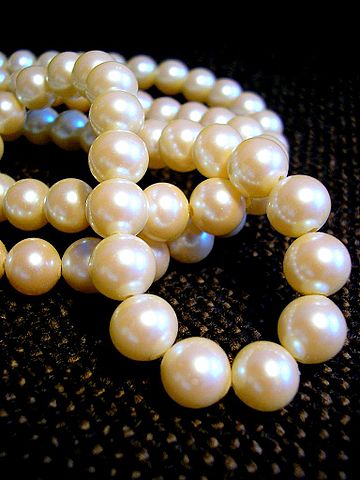Freshwater vs Cultured Pearls
Freshwater pearls and cultured pearls both hold significant importance in the pearl market, but they differ in various aspects. Pearls are beautiful objects used as jewelry by women across the globe. They are created naturally by sea creatures such as mollusks as a defense mechanism against foreign objects that enter their mantle folds. The foreign object, which could be a parasite or sand particles, becomes trapped between the mantle folds and eventually turns into a hard, round, shiny object known as a pearl. While some oysters in the sea produce pearls, other creatures like mussels that live in freshwater also produce natural pearls. These natural pearls are rare and highly valued. Due to high demand, pearls are now being cultured through human intervention. Many countries, led by China and Japan, export large quantities of cultured pearls. There are several differences between natural freshwater pearls and cultured pearls.
Pearls are composed of thin overlapping layers that help to break up light falling on their surface. The value of pearls depends on their luster, roundness, and smoothness, as well as other physical properties of reflection, refraction, and diffraction of light through their layers.
Key Takeaways
- Cultured pearls are created through human intervention by implanting a tissue from the mantle of a donor shell into the mantle of a recipient, which then produces calcium carbonate over the tissue and transforms it into a pearl.
- Freshwater pearls are produced when a mollusk secretes calcium carbonate and conchiolin to cover the foreign particle causing irritation, forming layers over the material. Freshwater pearls can be either natural or cultured.
- The primary difference between natural freshwater pearls and cultured pearls is the growth of concentric rings in natural pearls, which is not present in cultured pearls. Cultured pearls have a solid center with no concentric rings, which can only be revealed through X-rays.
